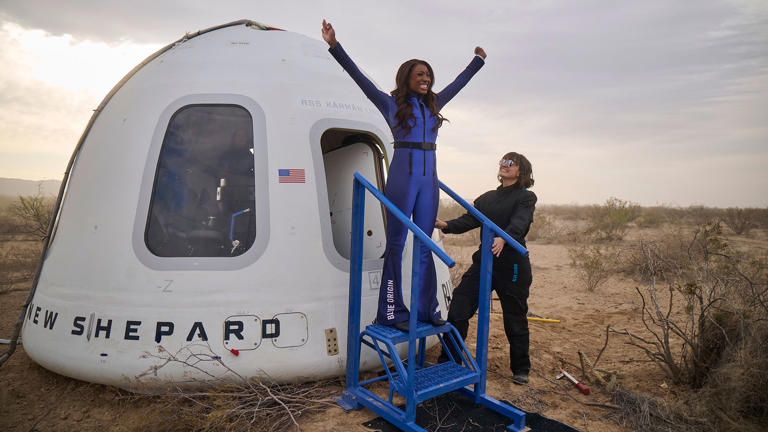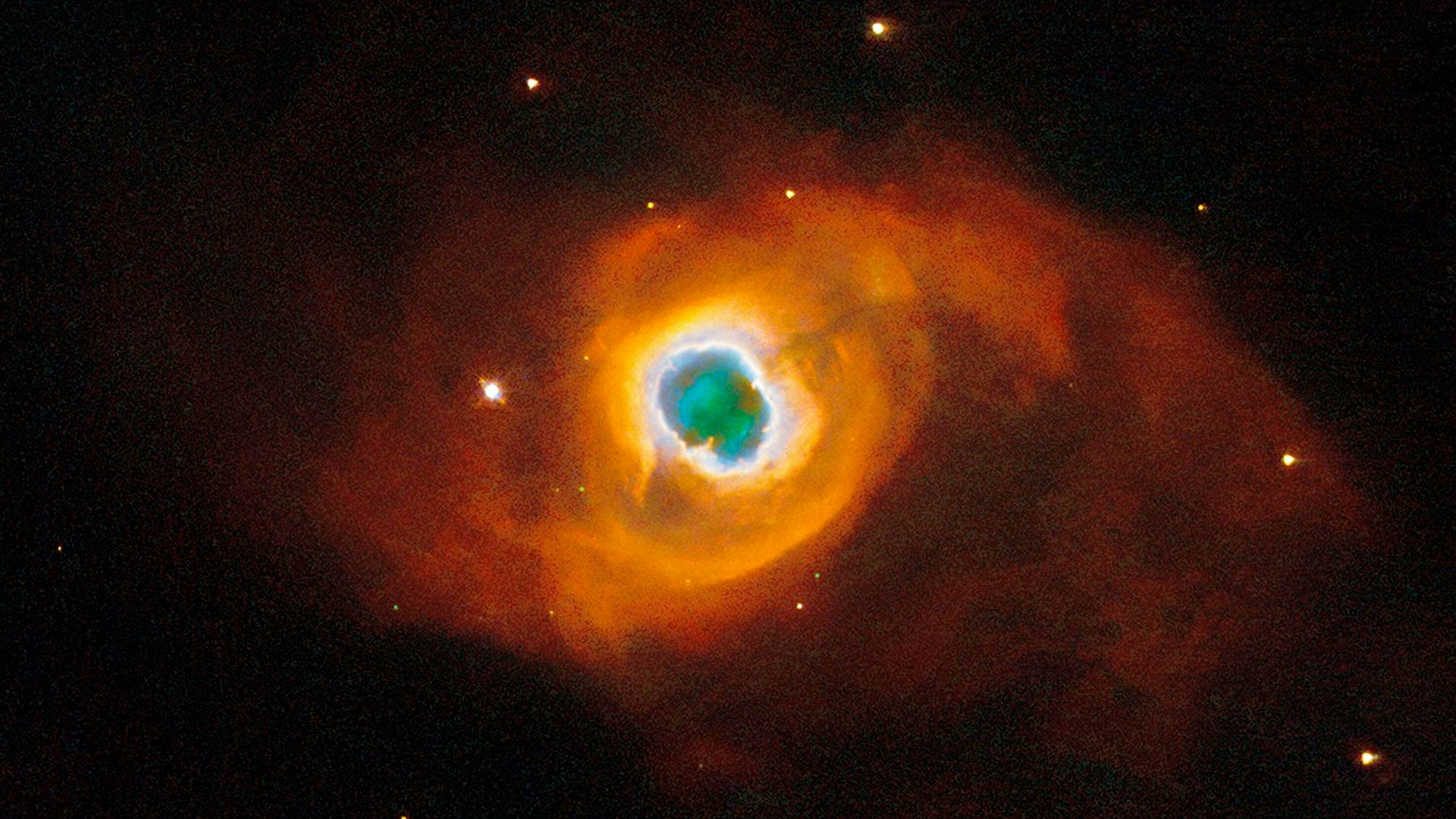Mercury astronaut's long-lost space-flown watch found in Breitling archives
Scott Carpenter wore it on 1962 on the second U.S. orbital human spaceflight.
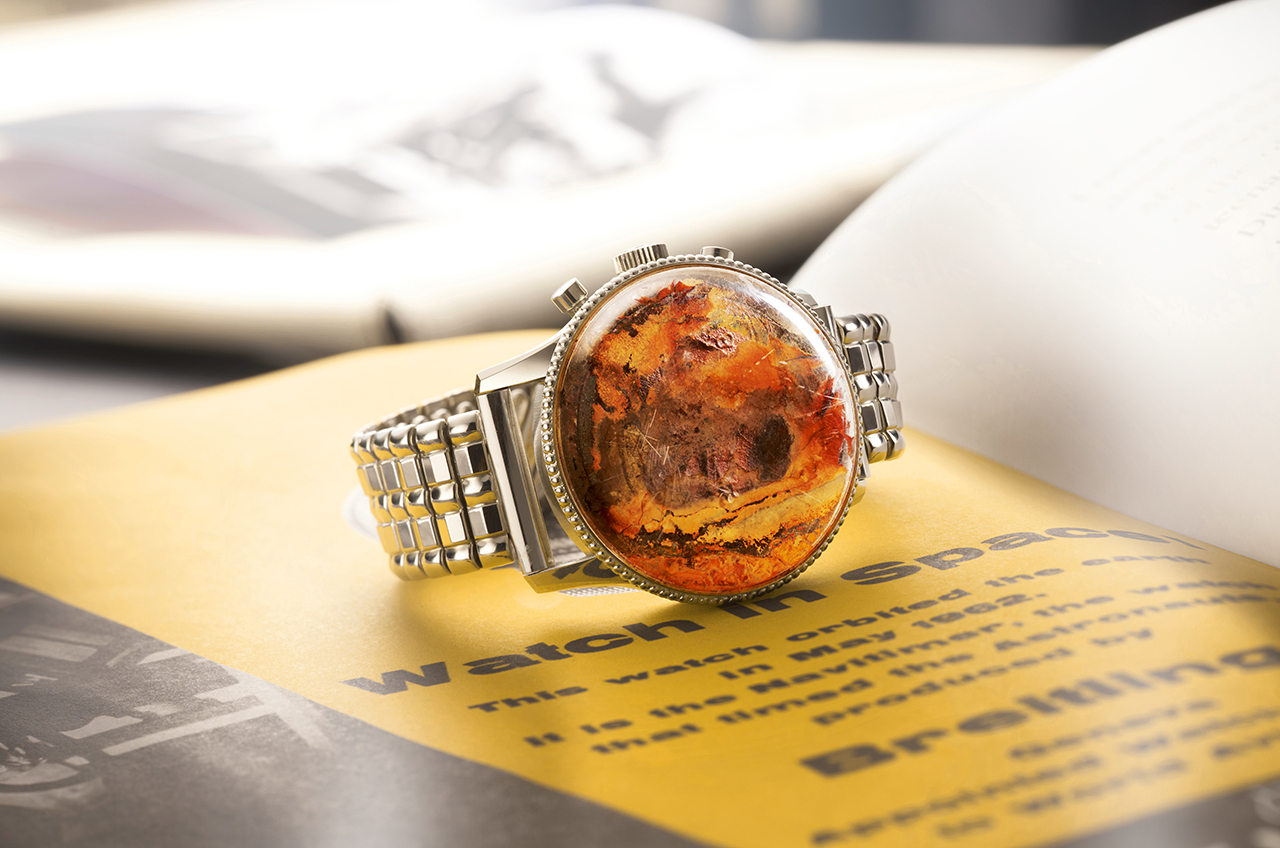
Long thought to be lost to history, the first Swiss-made watch to be worn in space has been found just in time to celebrate the 60th anniversary of its mission.
Breitling on Tuesday (May 24) revealed the watch that Mercury astronaut Scott Carpenter used on the United States' second orbital spaceflight. The event, which was held in Zurich with members of the Carpenter and Breitling family in attendance, as well as Breitling brand ambassador and former NASA astronaut Scott Kelly, also introduced a new Navitimer Cosmonaute watch styled after the original.
"Today, I'm thrilled to finally announce two Cosmonaute reveals: the first-ever public viewing of the watch Scott Carpenter wore into space and a 60th-anniversary limited-edition timepiece that pays tribute to its history-making forerunner," said Georges Kern, chief executive officer of Breitling, in a statement.
Related: The Mercury 7 astronauts: NASA's first space travelers
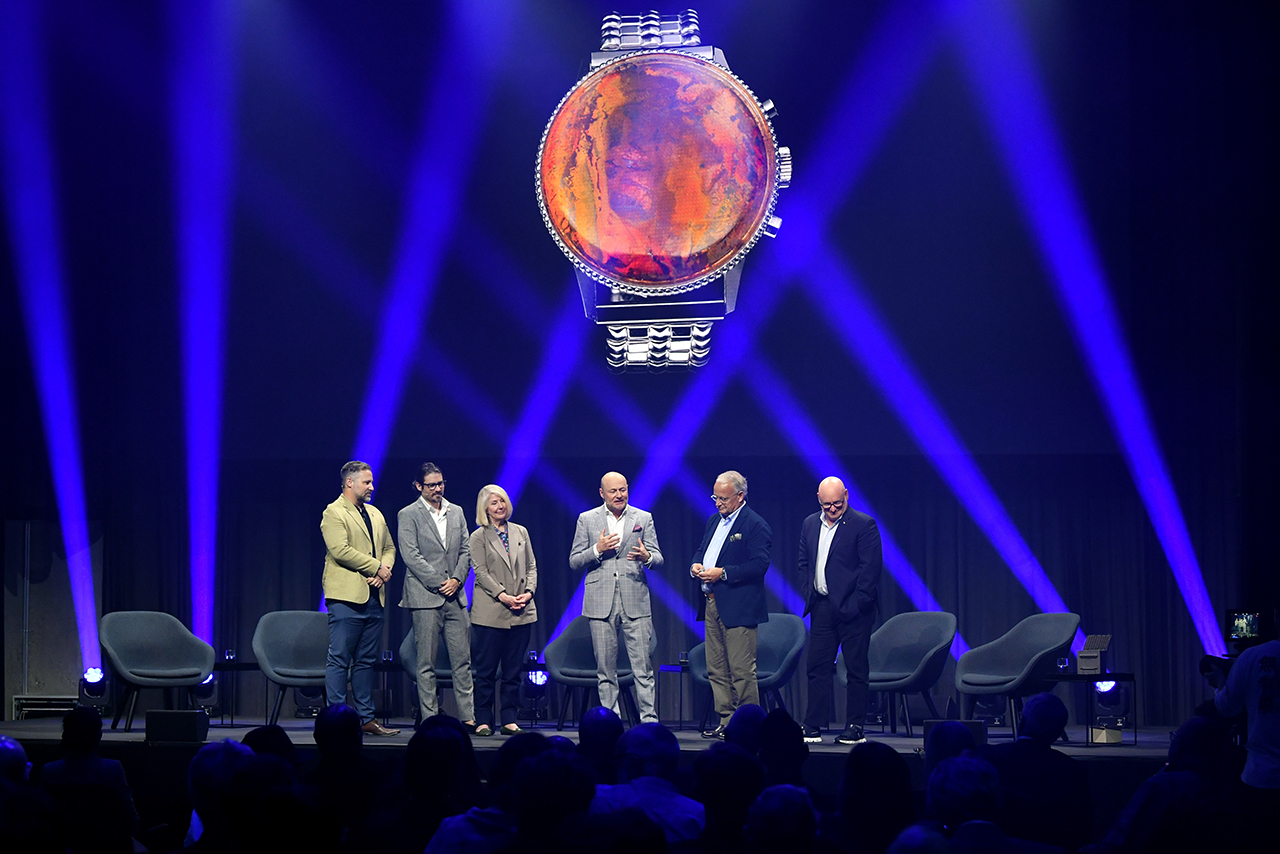
Submerged and resurfaced
Launched on May 24, 1962, on what was only the fourth American human spaceflight and sixth worldwide, Carpenter's Mercury-Atlas 7 mission preceded NASA's efforts to select a watch for its astronauts to use while in space. Instead, it fell to Carpenter to reach out to Breitling, which had a reputation for making chronographs for aviators, and ask for a version of its Navitimer to be modified for use in Earth orbit.
Carpenter knew he would be reading off times from space in 24-hour format, but the Navitimer only had a 12-hour display. He felt that he and his fellow astronauts would "want to be able to say what they read."
"Nowhere on a 12-hour dial does it say '8 p.m.,'" Carpenter said in 2008, recalling the details in a discussion with his daughter, Kris Stoever. (Carpenter died in 2013 at the age of 88.)
Get the Space.com Newsletter
Breaking space news, the latest updates on rocket launches, skywatching events and more!
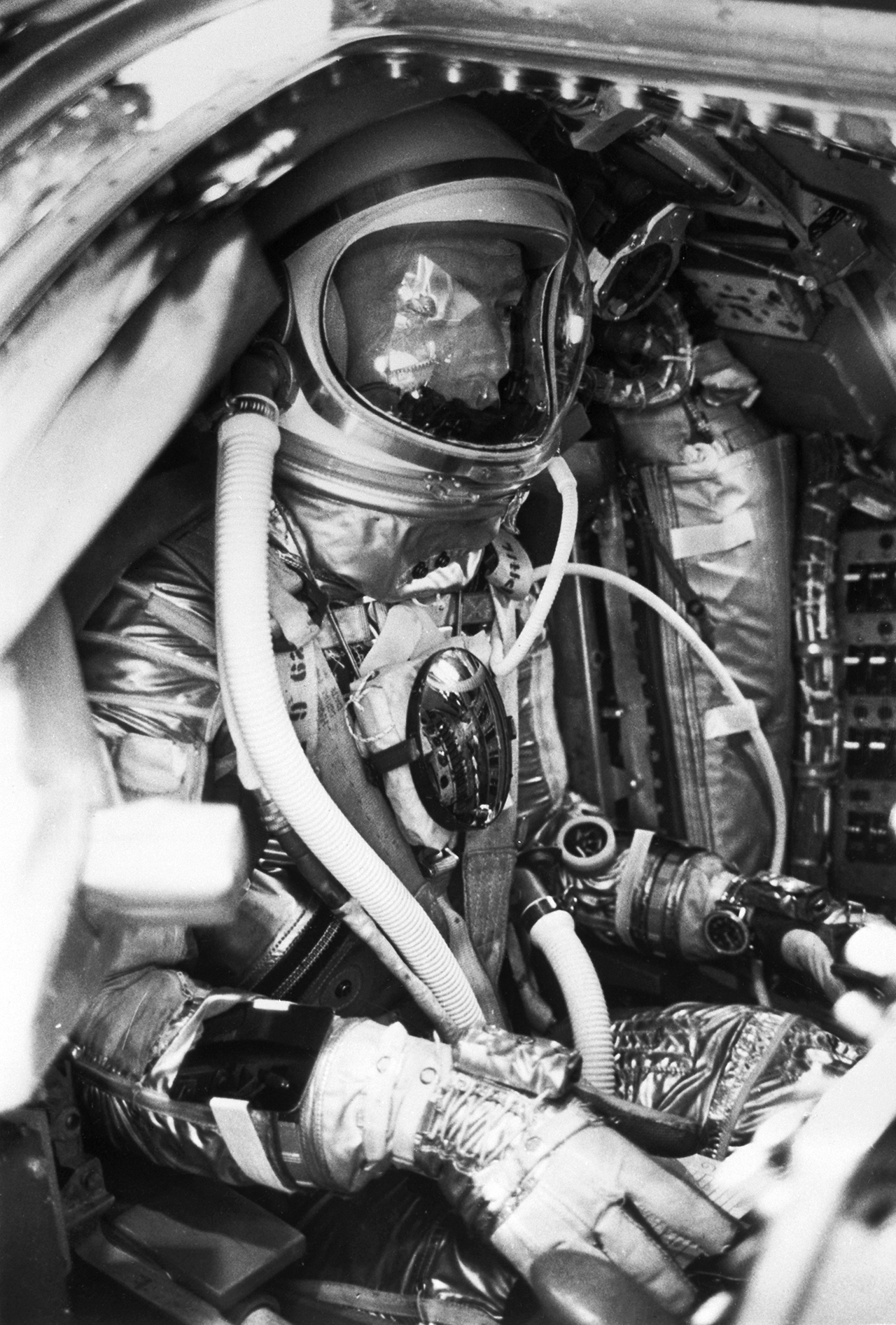
Breitling was keen to see its watch launch into space and so designed the Caliber B02 movement for the task. The Navitimer Cosmonaute was born, incorporating the new 24-hour markers while retaining the circular slide rule for performing mathematical calculations and the trio of chronograph subdials that were features of the original.
The watch worked well while in space, but after an off-target splashdown, the less-than-water-tight timepiece was submerged in seawater as Carpenter waited three hours to be recovered from the Atlantic Ocean. Hoping for its repair, Carpenter returned the Cosmonaute to Breitling, but the corroded timepiece was said to be beyond saving.
Instead, the watchmaker sent the astronaut a replacement from the production line models that he and his spaceflight had inspired.
As for the space-flown watch, its fate was largely unknown. In 2012, on the 50th anniversary of Carpenter's flight, Breitling said that it had searched through its vaults but was unable to locate it. Now, 10 years later, the watchmaker says that the still-unrestored timepiece was held for all these years as part of the Breitling family archives.
Related: Aurora 7: Astronaut Scott Carpenter's Mercury flight in pictures

Replicated and refreshed
At the same time as showing off the 60-year-old space-flown artifact, Breitling also revealed a new Navitimer Cosmonaute commemorating the anniversary.
Modeled after Carpenter's watch, including its ability to tell 24-hour time, the 2022 Cosmonaute features a new platinum bezel and a sapphire crystal caseback. The latter not only offers a window on the B02 movement but also reveals engravings added to mark the occasion, including Carpenter's name, the name of his Mercury spacecraft "Aurora 7" and "3 orbits around the Earth."
The caseback is also etched with the date of Carpenter's mission and the phrase "First Swiss wristwatch in space." As a final nod to the anniversary, the limited edition of 362 pieces recognizes both the spacecraft's circumnavigations of Earth and the year the mission made history.

Available for pre-order now, the Breitling Navitimer Cosmonaute lists for $10,800.
"Today's Cosmonaute takes us back to the origins of space travel, when the race was on, stakes were high and every mission was a triumph of human ingenuity," describes Breitling on its website. "This new watch honors the aesthetics of the original Cosmonaute, with subtle updates that work almost imperceptibly to give it its modern-retro appeal."
Follow collectSPACE.com on Facebook and on Twitter at @collectSPACE. Copyright 2022 collectSPACE.com. All rights reserved.
Join our Space Forums to keep talking space on the latest missions, night sky and more! And if you have a news tip, correction or comment, let us know at: community@space.com.

Robert Pearlman is a space historian, journalist and the founder and editor of collectSPACE.com, a daily news publication and community devoted to space history with a particular focus on how and where space exploration intersects with pop culture. Pearlman is also a contributing writer for Space.com and co-author of "Space Stations: The Art, Science, and Reality of Working in Space” published by Smithsonian Books in 2018.In 2009, he was inducted into the U.S. Space Camp Hall of Fame in Huntsville, Alabama. In 2021, he was honored by the American Astronautical Society with the Ordway Award for Sustained Excellence in Spaceflight History. In 2023, the National Space Club Florida Committee recognized Pearlman with the Kolcum News and Communications Award for excellence in telling the space story along the Space Coast and throughout the world.



